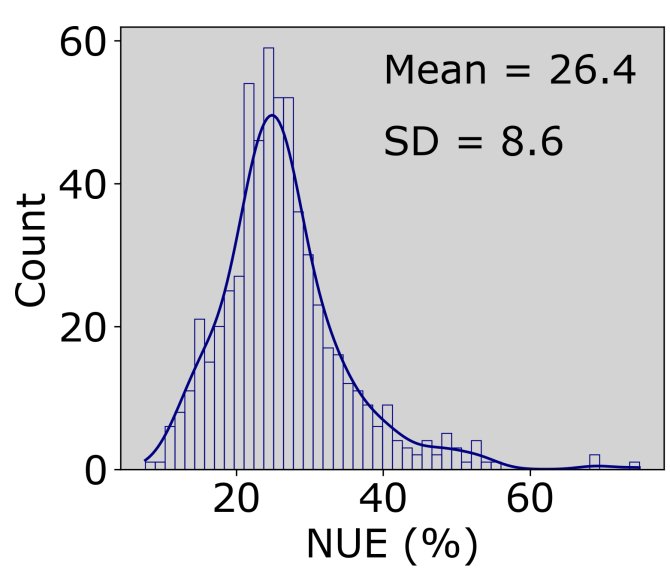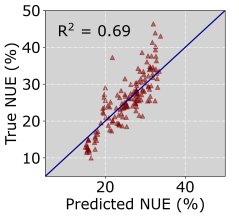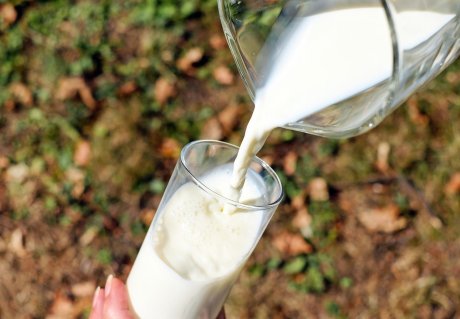
How a glass of milk can reveal the efficiency of the dairy cows that produced it
Can you imagine that nitrogen loss of dairy cows could be reduced by utilizing the information from their milk. In the past few months, a joint research team of Wageningen University and China Agricultural University managed to predict the nitrogen use efficiency of individual dairy cows in China using mid-infrared spectra from milk. With this methodology, we can breed more efficient cows to minimize nitrogen loss, and further protect our environment.
The urgent need for nitrogen efficiency
The utilization of nutrients is not sustainable enough in the dairy production system of China, which leads to a low nitrogen use efficiency of dairy cows (Figure 1). Nitrogen losses, such as ammonia emission and nitrate leaching to ground and surface water, have adverse impacts on the surrounding environment of dairy farms. Therefore, we need more efficient and environmentally friendly dairy cows. If the cows are more efficient, the fraction of intake that is not ending up in feces or urine will be lower, which will contribute to lower nitrogen losses to the environment. However, nitrogen use efficiency is difficult to measure individually. Traditionally, we need to record daily feed intake and daily nitrogen output in milk for each animal in the farm, which is costly or unpractical. To breed more efficient cows, routinely recorded and cost-effective traits are essential to initiate a breeding strategy.
Alternative way to obtain nitrogen efficiency
Recently, our research obtained a reasonable alternative trait for individual nitrogen use efficiency. This trait is predicted by the mid-infrared spectra of a milk sample, which was collected from each individual cow during each day in production. Mid-infrared spectra can indicate different chemical compounds in milk. These spectra can be obtained through a machine in a milk testing center, which is very simple and reliable. These spectra are already included as part of routine data collection. By using this information, we developed different methods to predict the efficiency of individual nitrogen use. The prediction accuracy of the best methodology is almost 70% (Figure 2). This accuracy is promising for further genetic analysis.

Towards nitrogen efficient dairy cows
We developed a reasonable prediction method for individual nitrogen use efficiency of dairy cows in China. This methodology is also interesting for other countries that aim to mitigate the nitrogen surplus of dairy cows. The data for this kind of prediction is easy to get and thus cost-effective, which means that it will be a potential replacement of complicated animal trials to record the individual nitrogen efficiency data. In the future, scientists can apply this method to large-scale data to start breeding for nitrogen efficient cows or to optimize feeding management.








